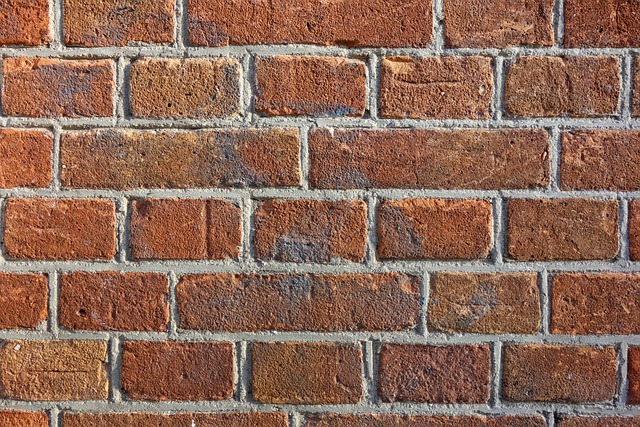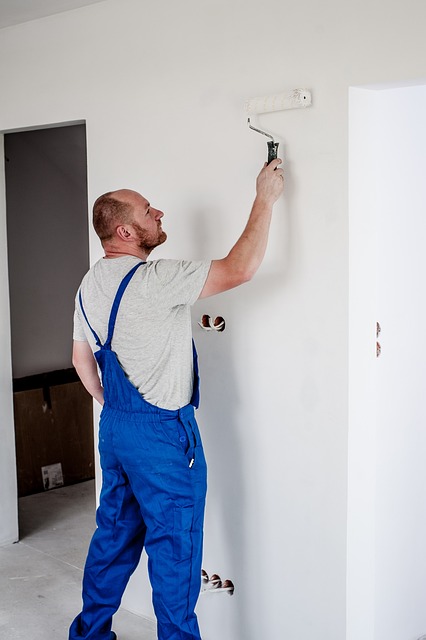Understanding Floor Cracks: Common Causes and Types

Floor cracks can be both aesthetically displeasing and a cause for concern, as they often signal structural issues within a building. Understanding the common causes and types of floor cracks is essential in determining the best course of action for repair, which could range from simple DIY solutions to more complex stem wall repairs.
One of the primary reasons for floor cracks is settlement or shifting of the underlying foundation due to changes in soil conditions, such as moisture levels or compaction. This can occur over time, leading to cracks that appear as horizontal or vertical lines, or even diagonal patterns. Another common cause is thermal expansion and contraction, where fluctuations in temperature cause materials like concrete to expand or contract, resulting in cracks. Structural weaknesses or defects in the construction process can also lead to floor cracks, particularly in older buildings. Identifying the specific type of crack and its underlying cause is crucial for selecting the appropriate repair method, ensuring long-lasting solutions that prevent further damage.
Assess the Extent of Damage: Identifying Minor vs. Major Cracks

Stem Wall Repair: A Detailed Guide to Fixing Structural Cracks

Stem Wall Repair: A Detailed Guide to Fixing Structural Cracks
Stem walls, often found in basement or crawl space construction, play a crucial role in supporting the structure above. When cracks appear on these walls, it’s not just an aesthetic issue; it could indicate structural damage and compromise the integrity of your home. Stem wall repair is a specialized process that addresses these issues head-on. This guide will walk you through the steps involved, ensuring you’re equipped with the knowledge to tackle this common household problem effectively.
The first step in stem wall repair involves assessing the extent of the damage. Cracks can vary from minor hairline fractures to large, structural breaks. Using a level and measuring tape, inspect the wall for any lean or unevenness. If the crack is superficial, cleaning it with a wire brush and filling it with appropriate hydraulic cement is often sufficient. For more severe cases, where the crack exposes the rebar (reinforcing steel), professional intervention is recommended. This involves removing the affected portion of the stem wall, reinforcing the structure, and replacing the wall with a new, sturdy section, ensuring long-term stability and safety.
Materials and Tools Required for Effective Floor Crack Solutions

To effectively address floor cracks and stem wall repair, several materials and tools are essential. First, you’ll need appropriate adhesives or sealants designed for concrete or masonry repair, depending on the type of crack and material. These come in various forms, including epoxy injections, polyurethane foams, or latex-based sealers. Next, gather tools such as wire brushes, chisels, hammers, and hand drills equipped with the right bits to clean and prepare the cracked area. Additionally, a pressure washer can be useful for removing loose debris and contaminants from deeper cracks. Also, don’t forget safety gear, including gloves, goggles, and protective clothing, to shield against potential hazards during the repair process.
Step-by-Step Process: From Preparation to Final Touches

After preparing the floor area by clearing any debris and ensuring the surface is clean and dry, the next step in the stem wall repair process involves inspecting the crack itself. This close examination will help determine the extent of the damage and the most effective repair method. Once assessed, lightly sand the crack to remove any loose material and create a slightly roughened surface to enhance adhesion.
Applying a suitable filler or epoxy is the heart of the repair. Carefully follow the manufacturer’s instructions for mixing and applying the chosen compound. Fill the crack completely, ensuring it is level with the surrounding floor surface. Allow the filler to dry according to the product’s guidelines. Once cured, lightly sand again to achieve a smooth finish, matching the original floor texture as closely as possible.
Common Mistakes to Avoid During Floor Crack Repairs

When repairing floor cracks, especially those caused by stem wall issues, homeowners and contractors should avoid several common mistakes. One of the most significant blunders is neglecting to identify the root cause. Floor cracks can signal various problems, such as poor foundation, settlement, or structural issues, all requiring distinct repair approaches. Using the wrong repair method for the underlying problem can lead to further damage and costly repairs down the line.
Another mistake is rushing the repair process without proper preparation. This includes inadequate cleaning of the crack, failure to use suitable materials, or skimping on necessary steps like applying a primer. Insufficient preparation can result in weak bonds, premature failure of repairs, and unsightly finishes. Always follow recommended procedures and use high-quality products to ensure long-lasting results for your floor crack repairs.
When to Call a Professional: Recognizing Complex Issues

If floor cracks are minor and surface-level, you may be able to repair them yourself using simple techniques like filling with caulk or applying a floor patch. However, when cracks are wider, deeper, or extend beyond the surface, they could indicate more complex issues. These might include structural problems like stem wall repairs, foundation shifts, or settlement, which require professional attention. A qualified contractor can assess the cause and extent of the damage, providing expert advice tailored to your specific situation.
Preventive Measures: Tips for Avoiding Future Floor Cracks

Conclusion: Restoring Peace of Mind with Robust Floor Crack Solutions

